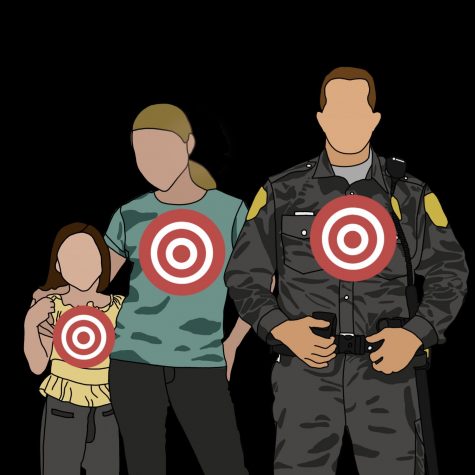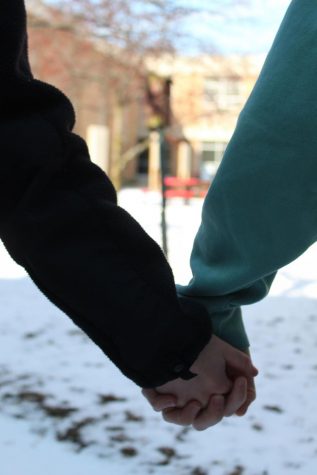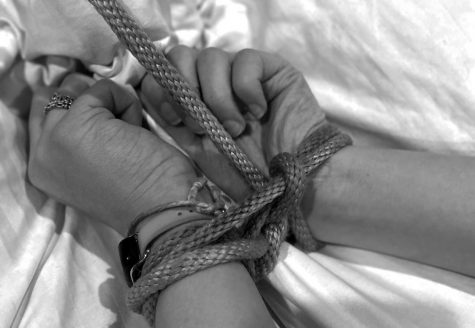Chilled to the Core
Mom always said to put a jacket on once the leaves start changing and the snowflakes stick to the ground, but why does the body need to cover up?
The dreaded months between December and February seem to last a lifetime due to the freezing temperatures, resulting in cabin fever and long lasting sickness. Many people believe that winter starts when the temperature drops below 32 degrees and snowflakes start to fall, but mother nature starts to prepare in mid October; before the weather transitions from fall leaves to crispy snow. The feeling of being cold on the outside is different than what is happening inside of the body’s core.
Embracing the chill
How cold it is and how cold one feels are not as closely related as one could imagine. While uncontrollable shivering is under the influence of the mind and indicates a fall in the core temperature, the feeling of cold is not a great indicator. Extreme cold can make the body lose heat more quickly than it can be produced, according to the Centers for Disease Control and Prevention; it can even happen at warmer temperatures above 40 degrees fahrenheit, especially from sweat, rain or being in cold water.
Many students feel their body changing as the fall leaves hit the ground. Mother nature’s barometric pressure fluctuates with every season and can cause bodies to change as well. The changes in barometric pressure that accompany storms and shifts in weather patterns can affect the body, and many people are more sensitive to these effects than others.
“My body starts to change the most when the days get shorter and the temperature starts to drop, right around the time change,” junior Matthew Bohn said. “I can tell when the pressure starts to drop because I always get headaches.”
The pressure changes are followed by temperatures dropping and snow faliing to the ground. This introduces the infamous cold and flu seasons inside schools, while going out in the cold doesn’t make one sick, cold does have an effect on the immune system. According to Harvard Medical School, it may have to do with viruses thriving and lasting longer in colder temperatures and the already weakened immune system. Sophomore Savannah Payonk suffers from winter illnesses every year once the cold starts to settle in.
“I tend to get sick around the holidays,” Payonk said. “The winter sicknesses are always worse because I have to walk around in the cold and it makes it tougher to breathe when I’m not sick, especially with my asthma.”
While being outdoors in any climate can pose an asthma risk, the cold, dry air increases the risk during the winter months. For many people with asthma, just stepping outside in cold temperatures can cause coughing, wheezing and an increase of pressure in the chest. In the cold, the body pushes more blood into the core to keep the heart, lungs and internal organs warm instead of external body parts like hands and feet in order to prevent hypothermia, when the body’s temperature decreases. The lack of circulation and blood in the extremities is the process called peripheral vasoconstriction, it occurs in uncovered areas like fingers, cheeks, nose and ears, which are the most prone to frostbite.
“I know it’s time to go inside when I can’t feel my hands and feet anymore,” Bohn said. “I try to limit myself to two or three hours outside at one time; otherwise, it’s hard to get warm once I’m inside.”
Running with the wind
Athletes whose seasons start off in warmer months and end in winter months can experience the effects of the cold. Not only does the barometric pressure play into sickness, but also in joints and muscles. Cold weather causes muscles to lose heat and contract, which is what causes tightness in the body as athletes run and play in freezing temperature. The joints tend to get tighter, nerves have potential to get pinched and in turn the muscles can begin to lose their range of motion. Junior Jackson Devaughn is a football player, and notices how different his body feels during the season change.
“My joints feel very tight and frigid compared to summer, where they feel loose and ready to go,” Devaughn said.
In cold weather, soft tissue tends to lose elasticity, increasing the possibility of muscle and tendon injuries. Warming up and staying loose is a priority to avoid injury. It is important for athletes who are on the sidelines and not playing, to keep their bodies moving and warm.
“Generally speaking, we can see a decrease in performance when it gets colder,” athletic trainer Bryn Nottoli said. “Athlete performance is specific to how athletes get warmed up and how well they stay warmed up in cold weather. Some of the disadvantages can be with the weather and resting periods, we can see play decrease with the cold weather as the resting becomes more frequent [in the game].”
To stay warm in the resting periods in a game, many athletes turn to multiple layers in order to keep their level of play consistent. The moisture in the air and what the body will produce is the key to being cold for out sports in colder months.
“I feel that it’s most important to keep the majority of your body warm as it will carry throughout the parts you can’t over as easily,” Bohn said. “In addition, I like to stick hand warmers in my gloves and shoes because I find that my feet are the part of my body that gets cold the quickest.”
The first layer should be something that absorbs moisture, like dri-FIT. Cotton shirts and sweatshirts retain water and cling to the body, and keep it colder. The second layer should be thermal to hold in the heat being generated. Outer layers should consist of something lightweight and easy to take off to block the wind. If spectators or athletes start with too many layers of cold weather gear, overheating occurs and sweat ruins the body’s core temperature faster than normal. Once the feeling of cold and wet occurs, it’s hard to get warm again.
Many students disregard the cold weather even before the snowflakes hit the ground. Extreme weather can have a tremendous impact on the body itself. Make it a point to look at the weather ahead of time before running out the door in just a sweatshirt. Be sure to cover up and know and take precautions when getting in the holiday cheer and going out for winter festivities.


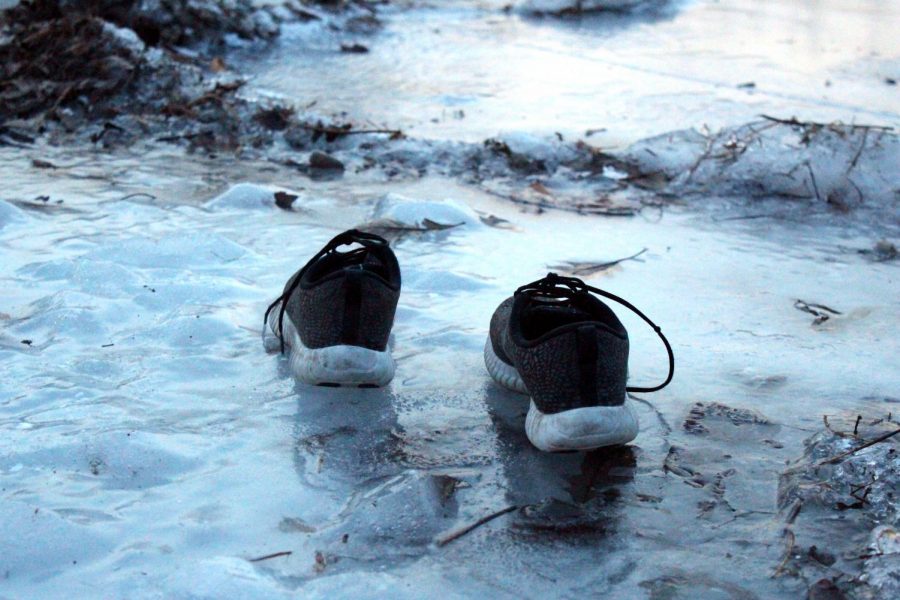

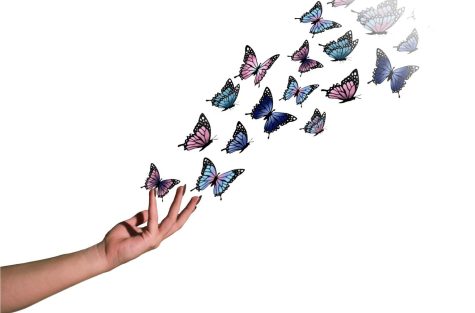



![The Black Lives Matter movement has become a growing trend in recent years. Everything people post on Instagram and everything [related to] politics is a trend now sophomore Kelsey Aviles said. Despite how serious of a topic it is, some individuals post about BLM specifically because it is trendy.](https://www.sequoitmedia.com/wp-content/uploads/2020/12/Untitled-Artwork-3-475x168.jpg)

